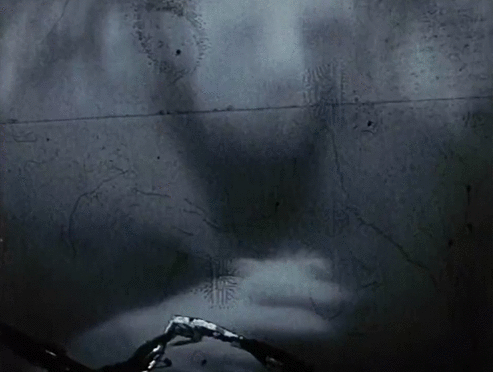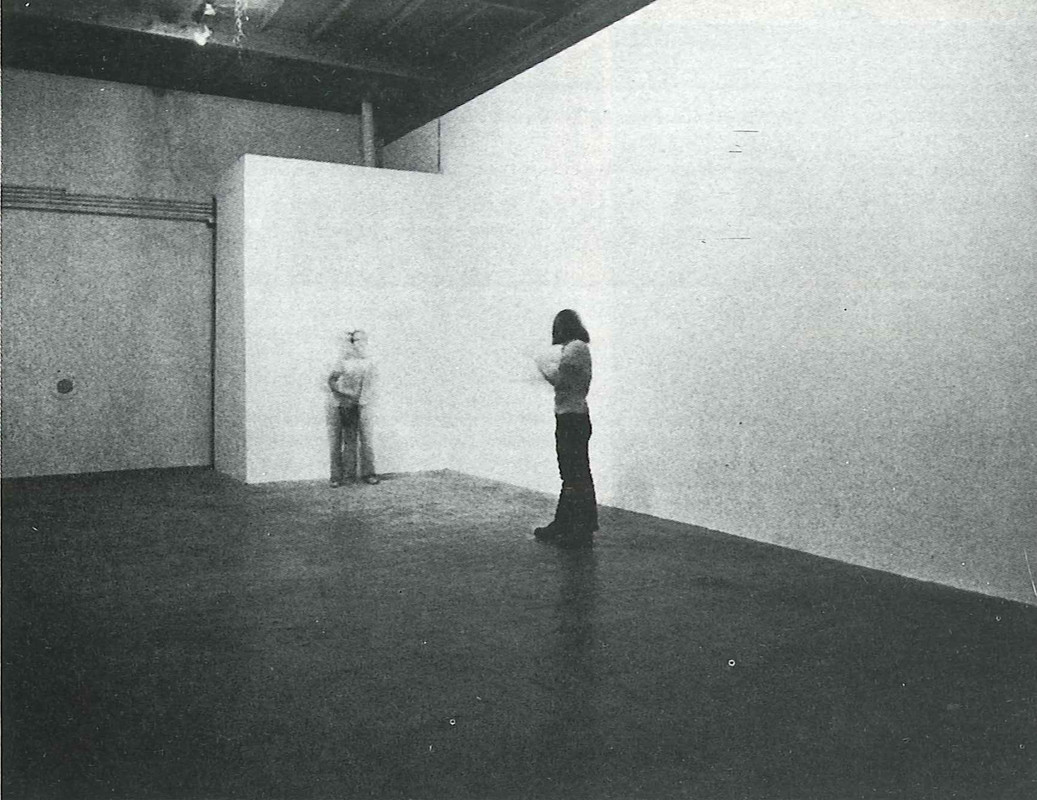“Laugh, my friends. Laugh with me, laugh for me, because I dream for you.”Le voyage dans la lune [A Trip to the Moon] (Georges Méliès, 1902)
Dec
19
Apollo 17
.gif)
A gif from the hand-coloured edition that is now in the Filmoteca de Catalunya. Poor Mister Moon has the adventures' rocket stuck in his eye. DPs: Théophile Michault & Lucien Tainguy.
The Moon (any moon) to commemorate the end of the final man-manned moon landing.
– Georges Méliès, 1937
In true Méliès style, a wild menagerie of showgirls and scientists meet on the Moon in this groundbreaking sci-fi spectacle.
shortfilm
“Shadow boxes become poetic theaters or settings wherein are metamorphosed the element of a childhood pastime.”Children's Party (Joseph Cornell, c. 1938/1969)
Dec
18
Las Posadas
.png)
Exuberant dancers at the children's party.
A festive child for Las Posadas
– Joseph Cornell
Children of all ages are entertained by a menagerie of dancers, acrobats, talented fauna and bobbing apples in this exhilarating found-footage party. Part of The Children's Trilogy, together with Cotillion (c. 1938/1969) and The Midnight Party (c. 1938/1969).
The Automatic Motorist (Walter R. Booth, 1911)
Dec
17
Saturnalia
.jpg)
While on the ringed planet, they pick up a cop to save him from spear-wielding rascals, but he elopes with the planet's fairy. Look at those lovebirds on the rings of Saturn!
A planet with rings for Saturnalia
Two lovely newlyweds and their robot chauffeur take a trip to Saturn for their honeymoon, followed by a jolly ride under the sea. A remake of Booth's own The '?' Motorist from 1906.
Report (Bruce Conner, 1967)
Nov
23
1963

Television footage of JFK's state funeral with the caption “November 23, 1963”, superimposed over it.
München-Berlin Wanderung [Walking from Munich to Berlin] (Oskar Fischinger, 1927)
Nov
20
.png)
A bunch of Buben take a moment to pose between troublemaking. DP: Oskar Fischinger.
A journey or road trip*
Four weeks in four minutes, spanning decades in its disruptive form.
* the Bales 2025 Film Challenge for November is, again, not date-based, but follows a sloppy schmaltzy all-American Thanksgiving-y narrative. Trying to make it work my way.
Roma dodici novembre 1994 [Rome, November 12, 1994] (Alfredo Angeli et al., 1995)
Nov
12
1994
we are not what we seemThe White Rose [The White Rose: Jay DeFeo’s Painting Removed by Angelic Hosts] (Bruce Conner, 1967)
Nov
9
1965

Workmen during the dismantling of The Rose in Jay DeFeo's studio on Fillmore Street, San Francisco on November 9, 1965. Screenshot taken from a clip made available by the Paula Cooper Gallery on Vimeo. DP: Bruce Conner..
– words inscribed in the bottom of DeFeo's painter's stool
“One… two… three… four… five… seven… six… six… eight… nine… nine…”Peace, little girl [Daisy / Daisy Girl] (Sidney Myers, 1964)
Nov
3
1964

Monique Corzilius aka Monique Cozy as the Daisy Girl. DP: Drummond Drury.
– Daisy Girl
“Well, as I said before, I say again, here's… Here's to a son… to the house of Frankenstein.” Frank Stein (Iván Zulueta, 1972)
Oct
30
Karloff

The Monster (Karloff) in Zulueta's recut (via). DP: Iván Zulueta / Arthur Edeson + Paul Ivano.
A [favourite] Boris Karloff film*
– Baron Frankenstein
Zulueta's mycotoxic fever dream of Whale's Frankenstein.
* the Bales 2025 Film Challenge for October is horror-themed as opposed to date-based, and is all about favourites. Expect non-horror and films I believe to be relevant instead.
